Yongdu-dong Jjukkumi (용두동쭈꾸미)
11.6Km 2021-03-29
10, Muhak-ro 36-gil, Dongdaemun-gu, Seoul
+82-2-925-3127
A restaurant frequently featured in delicious Korean dishes programs. This restaurant's signature menu is grilled webfoot octopus. This Korean dishes restaurant is located in Dongdaemun-gu, Seoul.
Happy Jewerly [Tax Refund Shop] (해피쥬얼리)
11.6Km 2024-06-27
1F, #21, 26, Donhwamun-ro, Jongno-gu, Seoul
-
Olive Young - Jongno YBM Branch [Tax Refund Shop] (올리브영 종로YBM)
11.6Km 2024-04-19
104, Jong-ro, Jongno-gu, Seoul
Janganmun (장안문)
11.6Km 2021-03-19
29, Eulji-ro 3-gil, Jung-gu, Seoul
+82-2-755-0673
A barbecue specialty restaurant located near Euljiro 1(il)ga Station in Seoul. The most famous menu is grilled beef brisket. A Korean BBQ restaurant.
Star Parks (스타팍스 주식회사)
11.6Km 2025-07-29
#101, 11 Euni-ro, Jungwon-gu, Seongnam-si, Gyeonggi-do
Established in 2006, Star Parks provides travel and medical tourism services.
It produced and uploaded a very effective meditation video on YouTube, and began selling K-Wellness Tour products, which includes the meditation program, starting in October 2024. It also provides medical tourism services that connect customers to the specific doctor they want through the WISHed-Doctor program, based on information accumulated over 15 years about top-tier doctors .
Yangyeon Hwaro (양연화로)
11.6Km 2024-03-05
18 Samil-daero 17-gil, Jongno-gu, Seoul
+82-2-3210-0808
Yangyeon Hwaro is located in Jongno and is renowned for offering the essence of Korean-style barbecue. Its signature dish is the aged pork belly, grilled over charcoal, bursting with charcoal aroma and juiciness. Additionally, the menu includes various cuts of pork such as shoulder, thin skirt, and pork neck, as well as beef options like boneless short ribs and beef tartare. The staff personally grill the meat for the customers.
Jongno Buldwaeji(종로불돼지)
11.6Km 2020-11-19
67, Cheonggyecheon-ro, Jongno-gu, Seoul
+82-2-734-1190
A place that sells pork pre-grilled on briquette fire. The best menu at this restaurant is skin-on pork belly. This Korean dishes restaurant is located in Jongno-gu, Seoul.
Jongnojokppal (종로족빨)
11.6Km 2021-03-22
22, Ujeongguk-ro, 2-gil, Jongno-gu, Seoul
+82-2-734-1222
A famous place for group dinners among workers in Jongno. This Korean dishes restaurant is located in Jongno-gu, Seoul. The most famous menu is braised pigs' feet.
Eulmildae Pyeongyang Naengmyeon (을밀대평양냉면)
11.6Km 2024-03-19
24, Sungmun-gil, Mapo-gu, Seoul
+82-2-717-1922
Eulmildae Pyeongyang Naengmyeon has been specializing in pyeongyang naengmyeon (pyeongyang cold buckwheat noodles) for 50 years. The restaurant is named after the Ulmildae Pavilion in Pyongyang Castle. The buckwheat noodles are made by pressing the dough and pulling it out, giving them a savory flavor and aroma. The restaurant focuses on mullaengmyeon (cold buckwheat noodles) and bibim naengmyeon (spicy buckwheat noodles). Patrons have the option to delectable dishes such as nokdu jeon (mung bean pancake), mandu, boiled pork slices, beef brisket soup and rice.
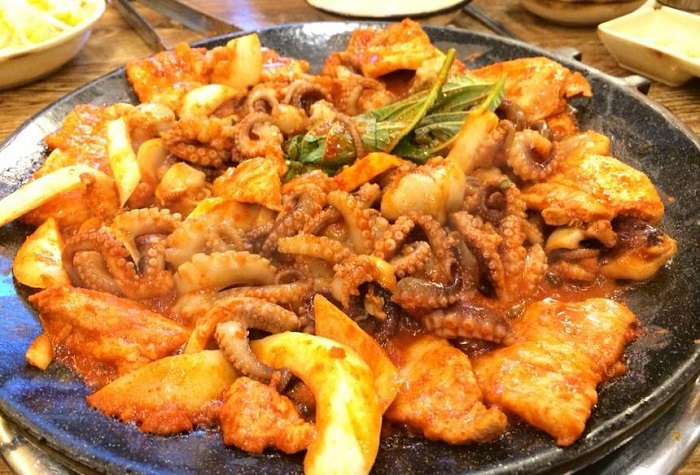

![Olive Young - Jongno YBM Branch [Tax Refund Shop] (올리브영 종로YBM)](http://tong.visitkorea.or.kr/cms/resource/27/2878227_image2_1.jpg)
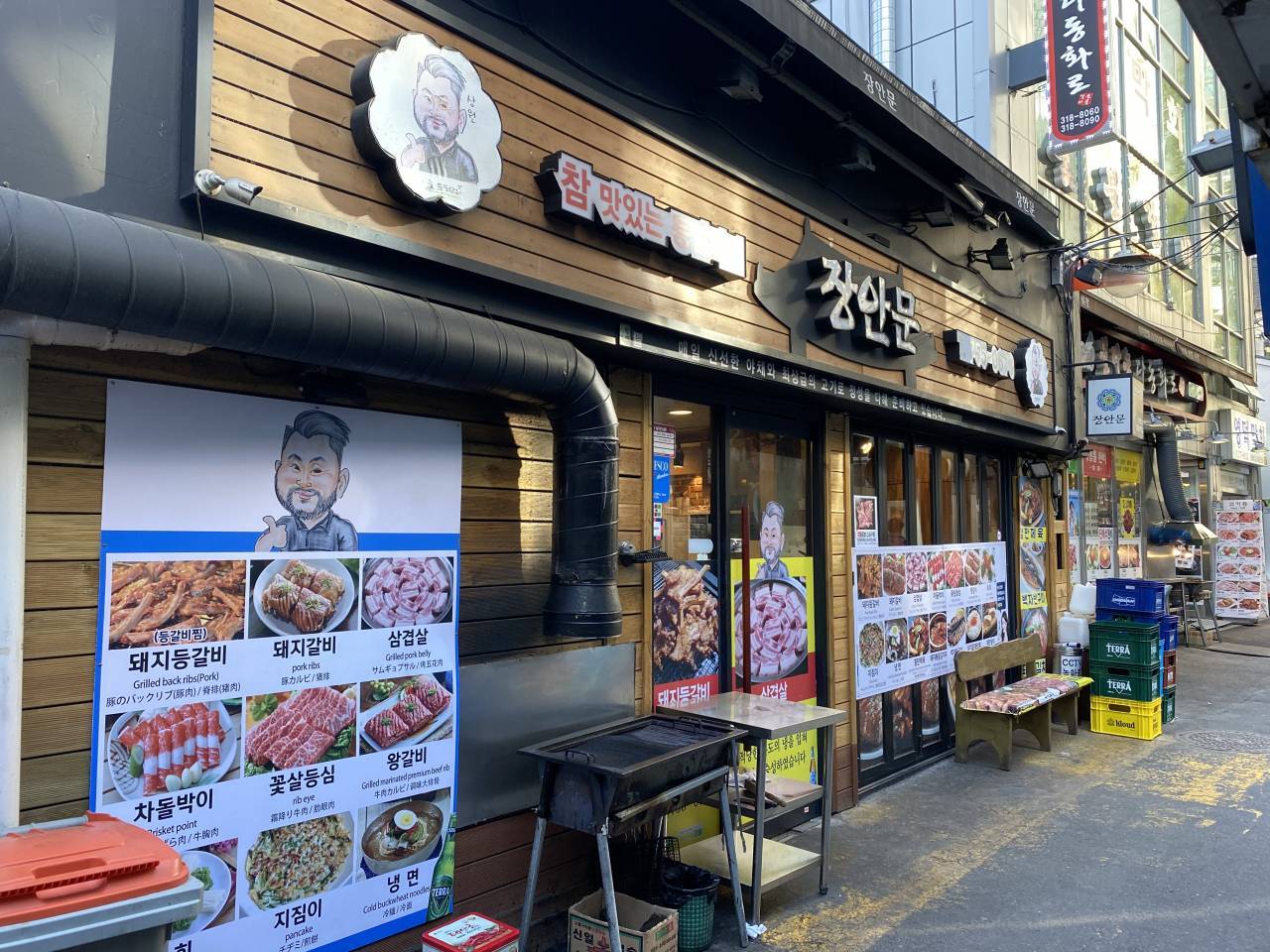
![Semi Jewelry [Tax Refund Shop] (새미쥬얼리)](http://tong.visitkorea.or.kr/cms/resource/84/2887784_image2_1.jpg)
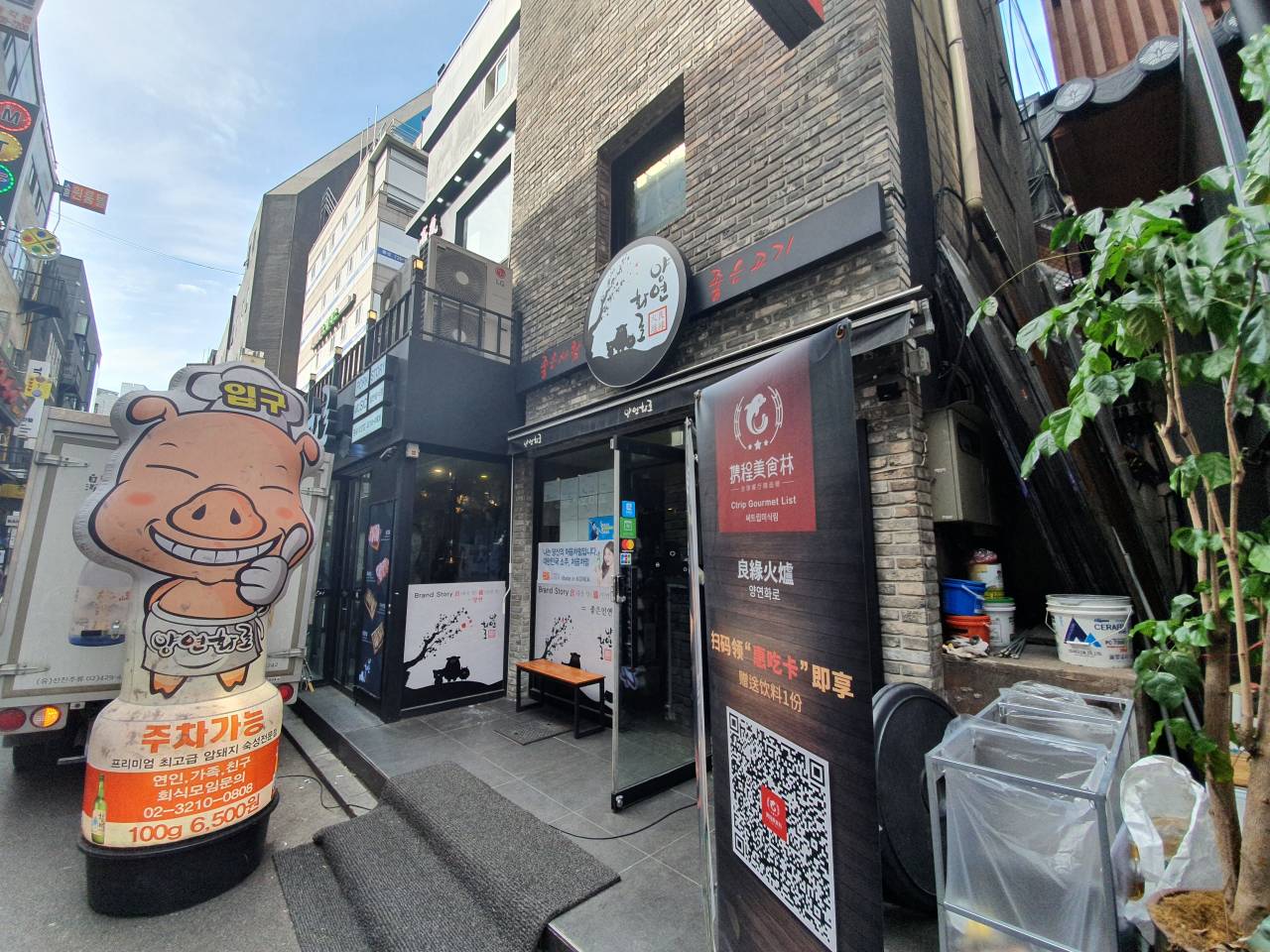
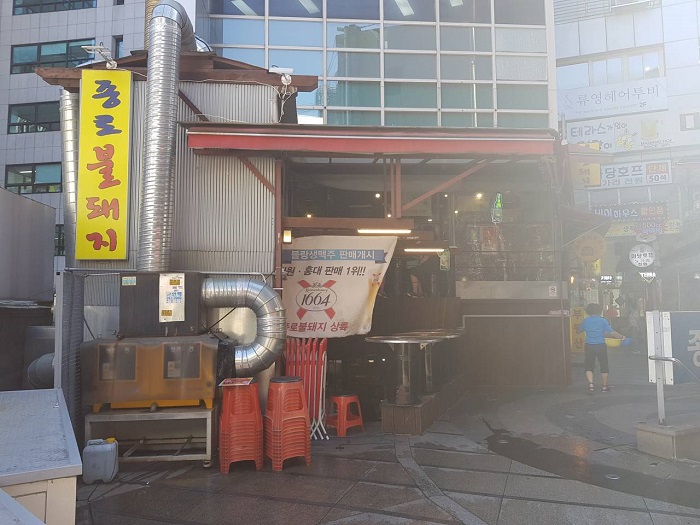
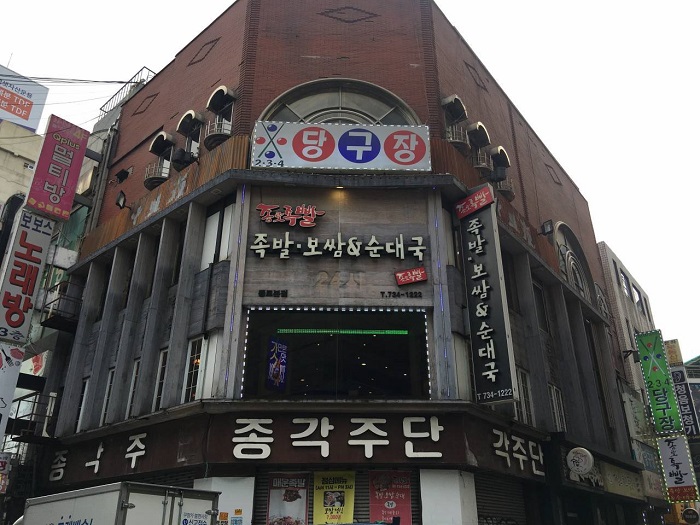
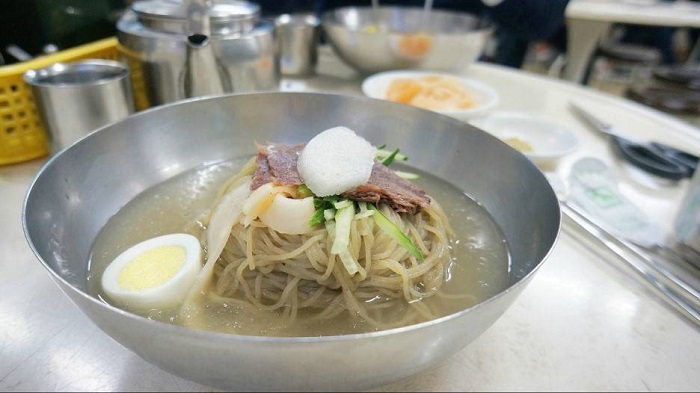
 English
English
 한국어
한국어 日本語
日本語 中文(简体)
中文(简体) Deutsch
Deutsch Français
Français Español
Español Русский
Русский